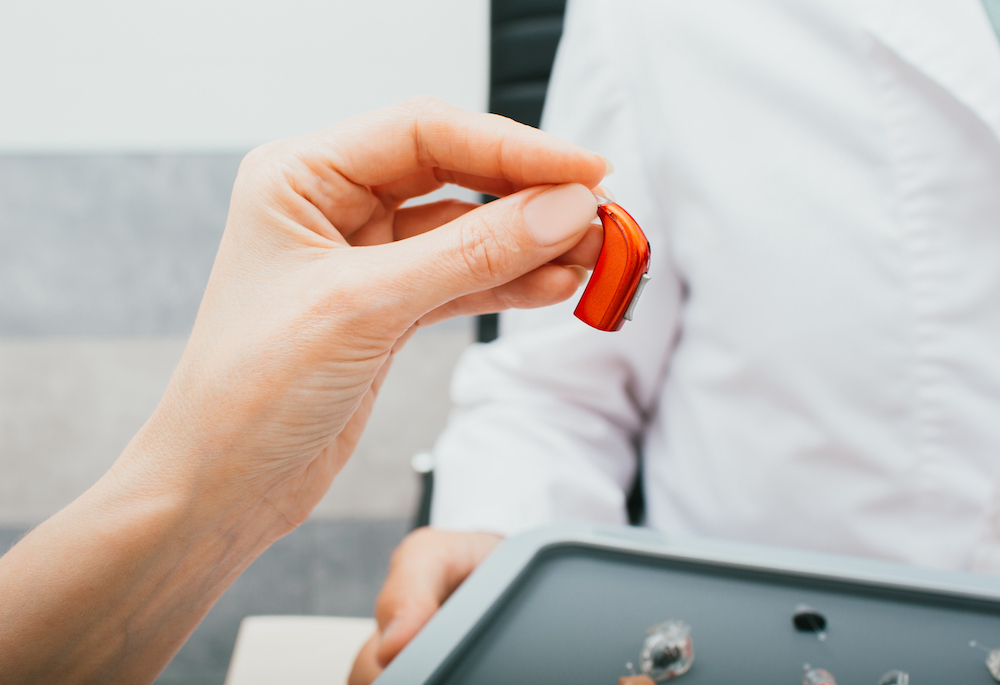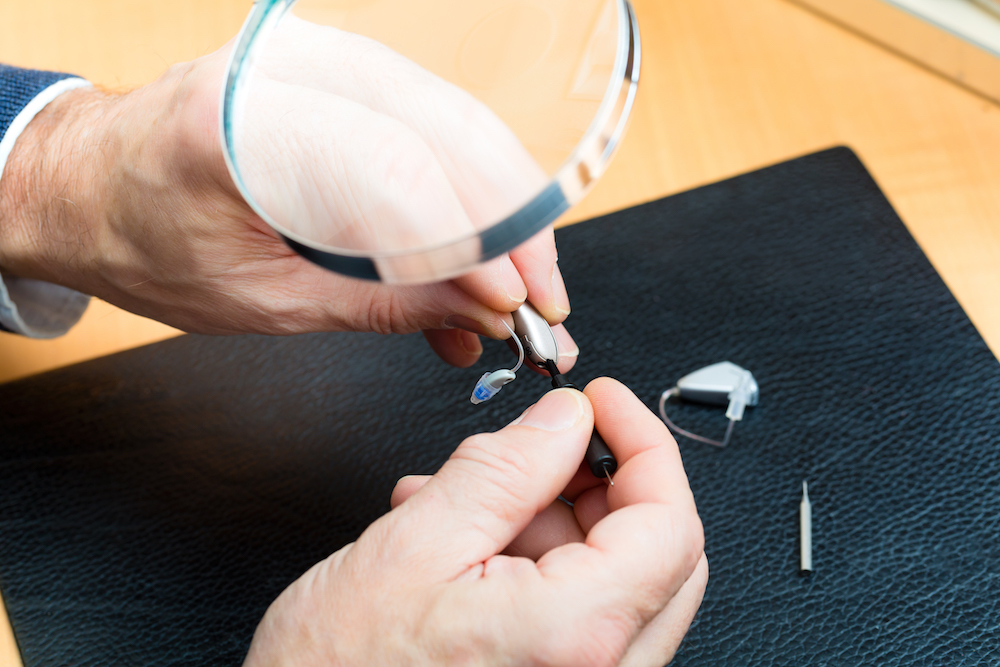Why Do Hearing Devices Break?
Just like any other device, hearing aids can become weak, malfunction or


Just like any other device, hearing aids can become weak, malfunction or

When it comes to hearing aids, there is no one-size-fits-all solution. The

Did you know that there is believed to be a strong link between hearing